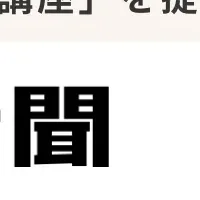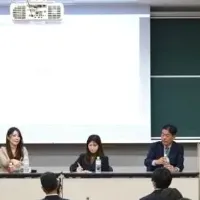
Survey Unveils Key Insights on Teacher Technology Use and Its Challenges
Insights into Teacher Technology Use and Challenges
A new survey conducted by SMART Technologies' Lumio software highlights the ongoing experiences of educators with technology integration in classrooms. The findings reveal a mix of positive adoption rates and significant challenges that educators face daily.
Classroom Technological Standards
The survey indicates that despite the majority of teachers utilizing technology regularly—85% incorporate it into their lessons multiple times a week—around 56% believe their classrooms lack up-to-date technology. This clearly illustrates a disconnect between the rapid advancement of educational technology and the resources available to teachers.
Technology Wishlist
When asked about their tech wish lists, educators expressed a desire for more interactive displays and applications equipped with ready-made lesson content. Specifically, 46% of respondents prioritized advanced interactive displays, while 39% sought platforms designed to simplify lesson planning. Such tools are viewed as essential not only for enhancing engagement but also for improving the efficiency of lesson delivery.
Time Management Challenges
The survey further delves into the immense demands placed on teachers. Many report spending a significant portion of their personal time creating lesson plans and grading assignments, often prioritizing work over personal life. In fact, educators spend more time preparing lessons and grading than they do socializing, cooking, or exercising. This finding calls attention to the misconception that teaching is an “easy job” with ample free time. 44% of educators highlighted this misunderstanding as a persistent challenge.
Addressing Diverse Learning Needs
It is noteworthy that 72% of teachers consider themselves tech-savvy, and a similar percentage feel capable of supporting diverse learners, including those with neurodivergent needs. Teachers clearly recognize the benefits of technology in enhancing student engagement and in personalizing learning experiences tailored to individual students.
“There is a significant opportunity to leverage technology to cater to different learning styles,” remarked Dan McMahon, Vice President of Software at SMART Technologies. The data suggests that teachers are eager to better accommodate their students through innovative tech solutions.
Major Obstacles to Technology Integration
Despite these positive aspects, challenges remain significant. 30% of educators cite technical issues as a major barrier to effective technology use. Alarmingly, a quarter of respondents feel that student distraction—especially from smartphones—presents a critical hurdle to implementing technology effectively in the classroom. While 40% of teachers see cell phones primarily as distractions, only 23% believe they can be beneficial if properly managed. The struggle to engage students in meaningful learning while navigating the distraction of personal devices reflects a broader challenge within educational environments today.
Moving Forward: A Call for Support
The survey underscores the vital need for schools and district administrations to provide reliable technology solutions and consistent tech support for educators. Many teachers feel that enhancements in the quality and accessibility of educational technology could dramatically reduce the time they spend on lesson preparation and allow them to focus more on impactful teaching experiences.
In conclusion, the SMART Technologies survey presents a compelling case for the advancement of educational technology in classrooms. As the educational landscape continues evolving, it is essential to address the gaps identified in technology access and support. Doing so will not only help teachers optimize their lesson planning but also enrich students’ learning outcomes and engagement. The full report and its findings signal a clear path forward for educators and stakeholders alike, reminding us that effective technology integration is pivotal for the future of education.
For more information on Lumio and its tools designed to support active learning, visit GoLumio.com.
Topics Other)










【About Using Articles】
You can freely use the title and article content by linking to the page where the article is posted.
※ Images cannot be used.
【About Links】
Links are free to use.